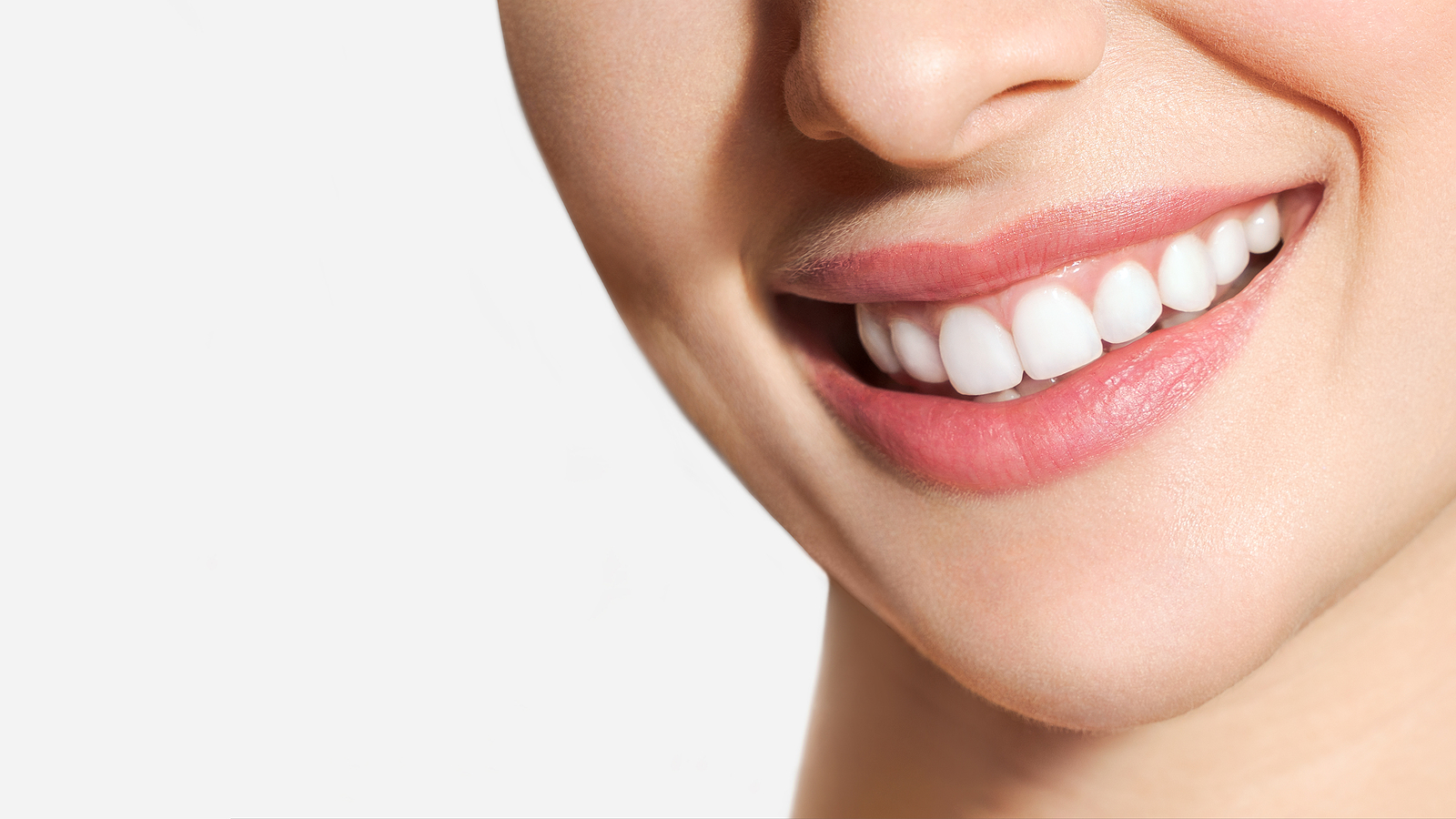People who do not like the appearance of their teeth are recommended to visit a cosmetic dentist. These dental professionals use a combination of cosmetic dentistry and restorative dental procedures to repair and improve the appearance of a patient’s teeth, allowing the individual to smile confidently again.
Transform a smile with a trip to a cosmetic dentist
Before undergoing a smile makeover, the patient will consult with the cosmetic dentist to discuss any concerns about teeth and what is the goal of the smile makeover. The dentist will then come up with a customized treatment plan to repair chips, cracks, straighten the teeth and fix any problems with the patient’s mouth appearance.
The type of problems a smile makeover can fix
Smile makeovers are used to fix any flaws in a patient’s teeth. These are some of the most common conditions dentists deal with when it comes to smile makeovers:
- Chipped and broken teeth
- Gaps in teeth
- Crooked teeth
- Missing teeth
- Stained or discolored teeth
- Uneven teeth
- Undersized teeth
- The procedures used in smile makeovers
Smile makeovers use both cosmetic and restorative procedures to achieve the desired results.
Dental implants
Implants are used when the cosmetic dentist is trying to replace teeth when the patient has one or more missing. These dental fixtures also prevent the loss of bone density in the jaw, because the procedure requires the use of titanium posts that are used to hold the artificial teeth in place. The implanted posts fuse to the jaw over time and serve the same function as the tooth roots.
Dental veneers
Veneers have several purposes. They can be used to fix chipped or broken teeth or gaps in the teeth, cover stains and improve the appearance of the teeth. Dental veneers are usually made from porcelain and are typically very durable.
Teeth whitening
A smile makeover is not complete until the patient gets the teeth restored to original whiteness. The dentist can bleach the patient’s teeth with a peroxide-based solution that will remove stains caused by coffee, wine, medication and tobacco use.
Dental crowns
These are used to cover up damaged teeth and discolored teeth, restoring the shape and appearance of the teeth while protecting the structure of the teeth. They can be used on decayed, cracked or worn teeth.
Bonding
This procedure calls for the cosmetic dentist to use a composite material to fix the decayed or damaged part of a tooth, then shaping the material to achieve the desired goal.
Aftercare
Since most of the cosmetic procedures used in smile makeovers are not covered by insurance, it is important that the patient takes proper care of any restorations to avoid having to return to the dentist to get things fixed. The cosmetic dentist will provide patients with tips on how to maintain the health and appearance of their teeth, allowing the restoration to last longer. The dentist should also be able to recommend dental products patients can use to improve oral health.
Conclusion
Smile makeovers are a great way to improve the appearance of your teeth. If you need a smile makeover, schedule an appointment with a cosmetic dentist to determine the best treatment options to improve your smile.
Request an appointment here: https://www.dentistryinredmond.com or call Essence of Dentistry at (425) 885-0200 for an appointment in our Redmond office.
More Blog Posts
Office Hours
MON8:00 am - 5:00 pm
MON - TUE9:00 am - 5:00 pm
TUE - WED8:00 am - 5:00 pm
WED9:00 am - 5:00 pm
THU8:00 am - 5:00 pm
THU - FRI9:00 am - 5:00 pm
FRI8:00 am - 5:00 pm
SATClosed
SATBy appointments only
SUN - SUNClosed









